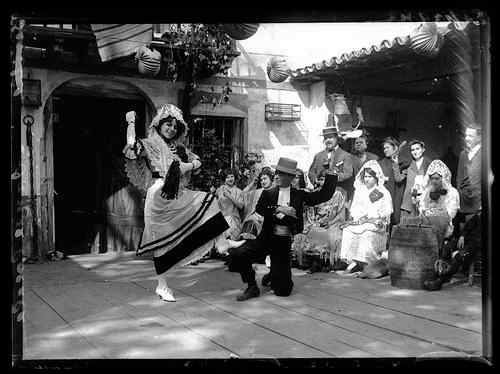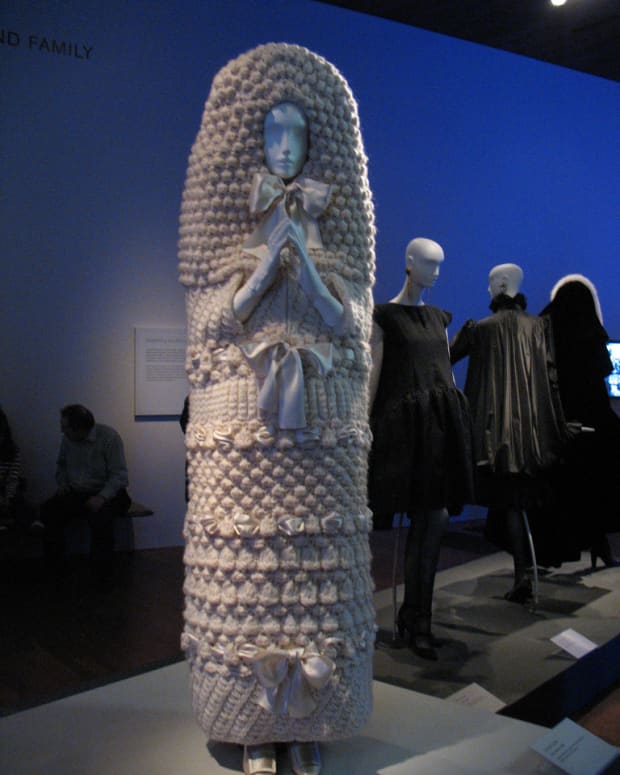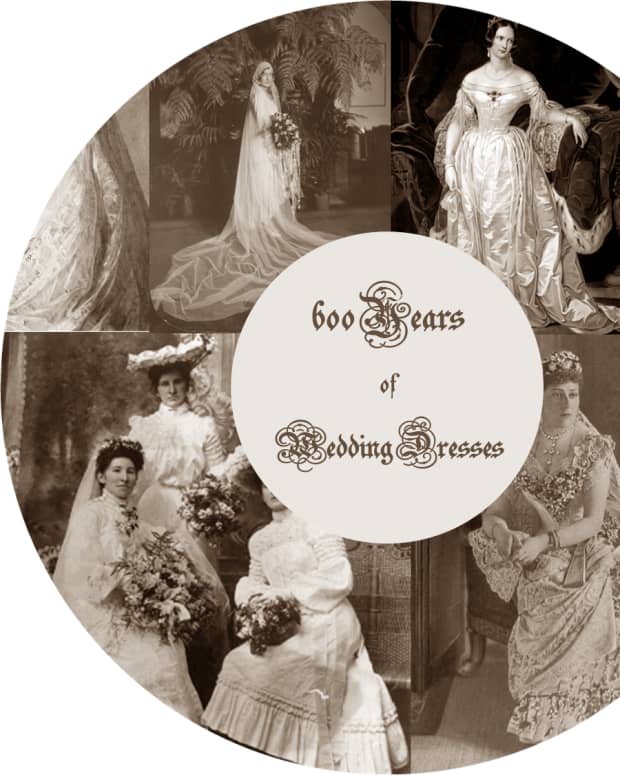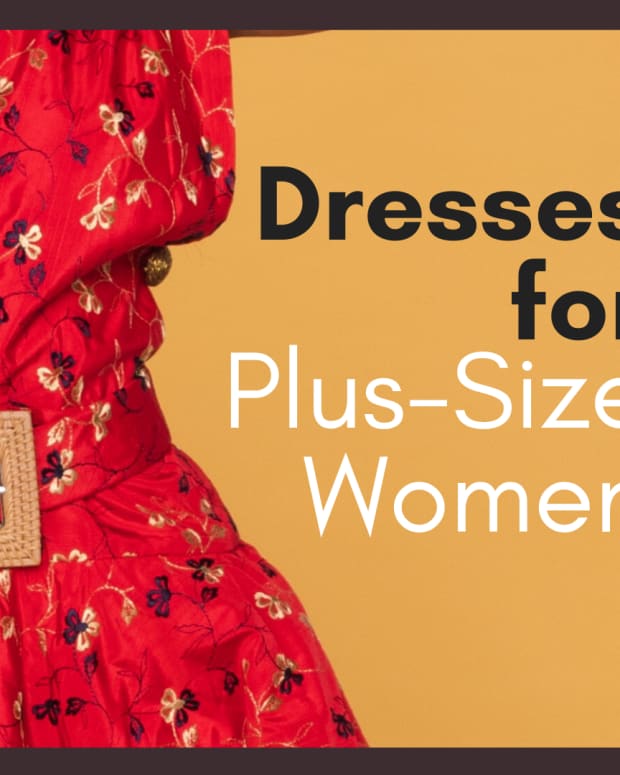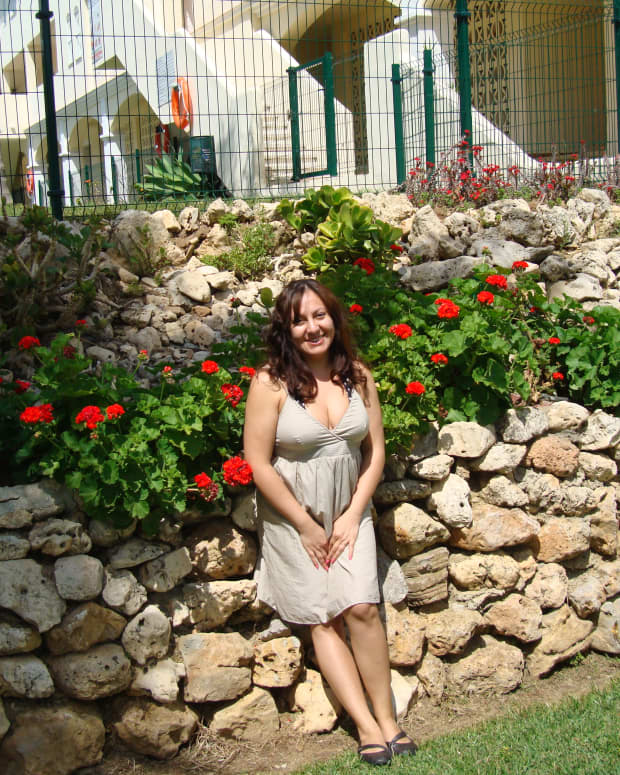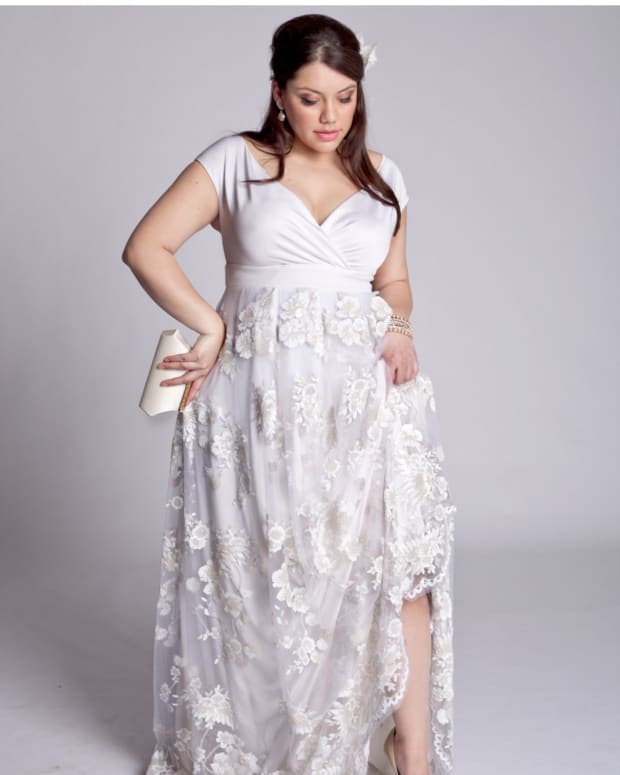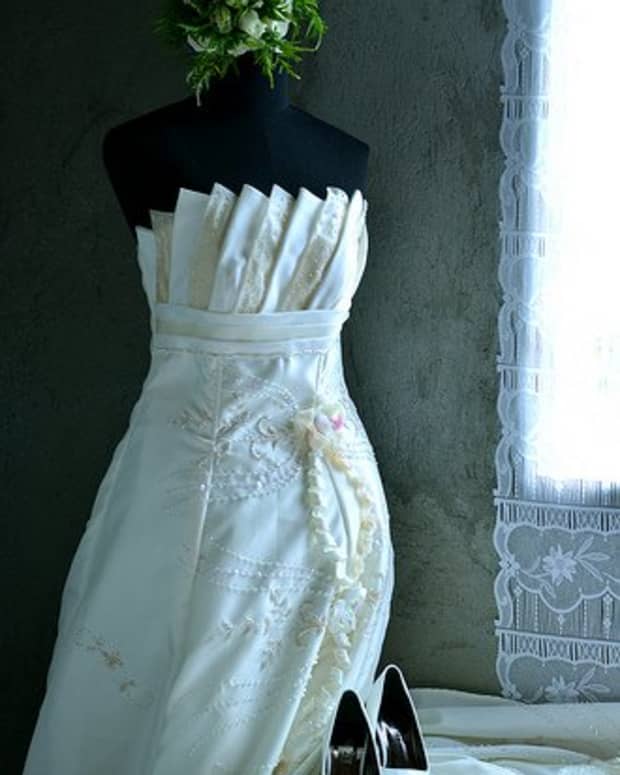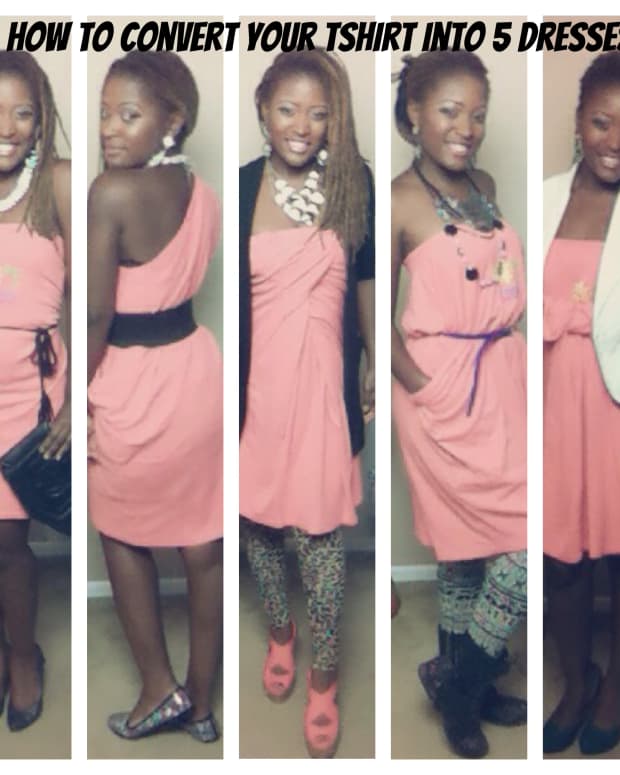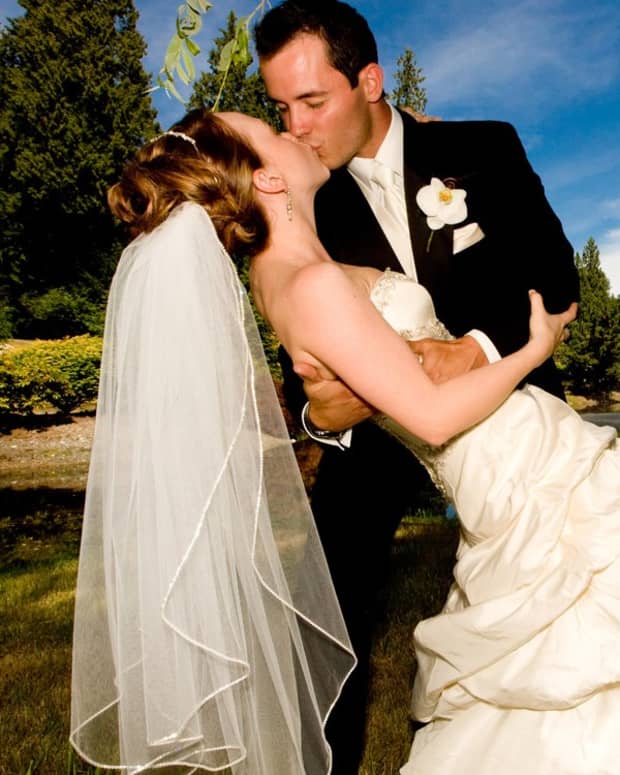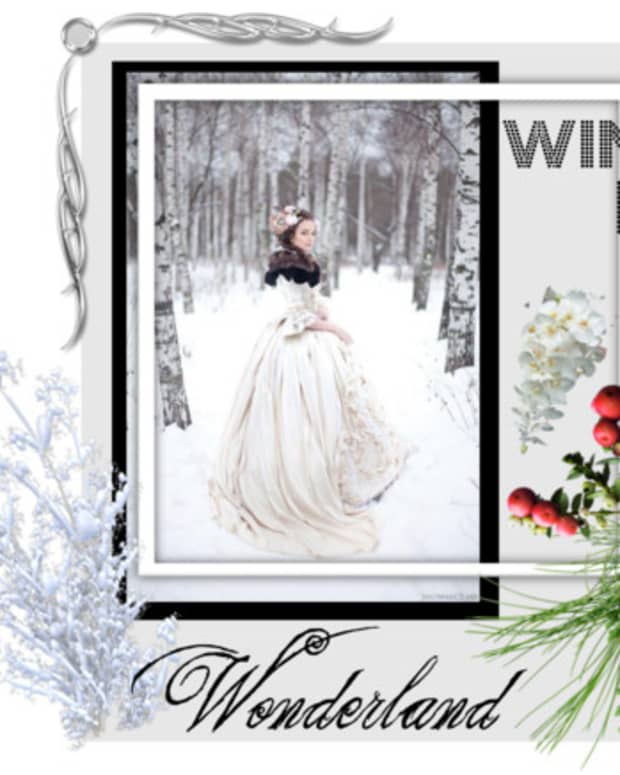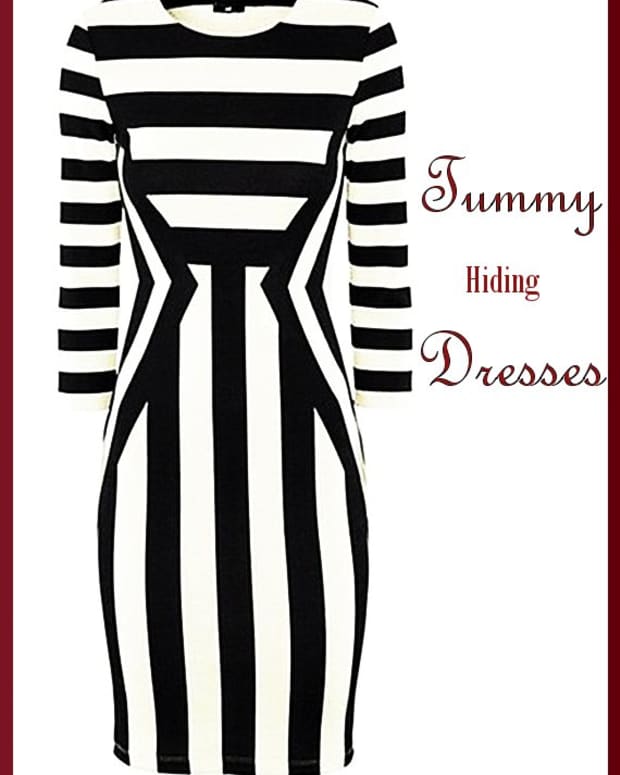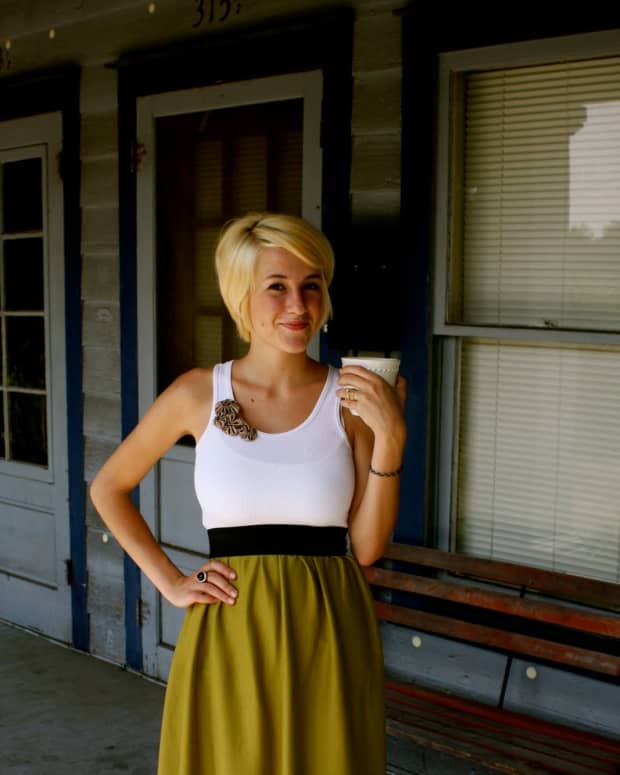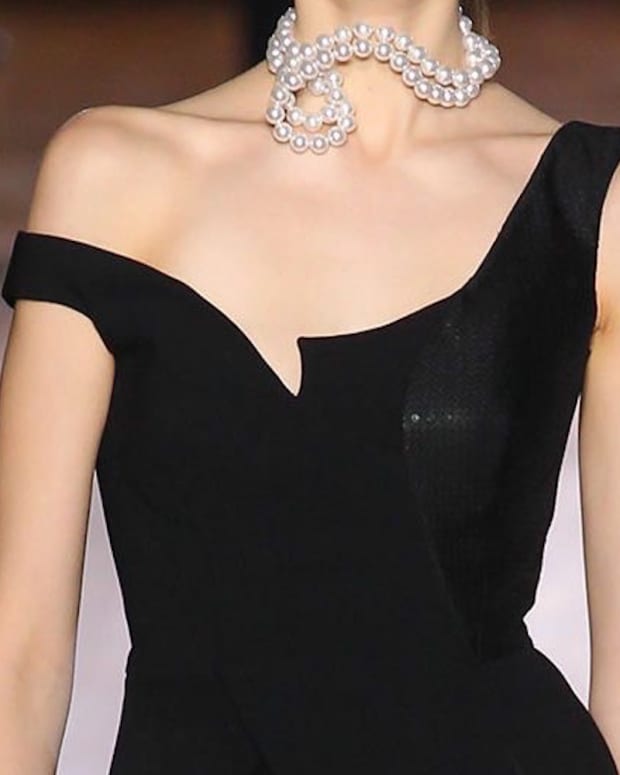Spanish Traditional Flamenco Dress
Marie has been living and teaching both Spanish and English in Spain for many years.
Spain Is 'Different'!
Spain is a country of great contrasts. For many years the Spanish Tourist Board had an advertisement on British T.V. in which the final signature caption on the logo stated: “Spain is different!” I thought this was great advertising, as it summed up what had taken me over 30 years to come to understand as a foreigner living in this wonderful country. Spain was different, but not only different to Britain and the country in which it was targeting its tourism campaign. Spain was different, even within its own national boundaries. A visitor would never become bored travelling around Spain, venturing into different regions, each with its own peculiarities, characteristics, and customs.
All Shapes, Colours and Styles
Andalusia
Spain is made up of 17 very distinct regions, all having their own particular gastronomy, regional customs, dances, regional dress. Several are even are proud to communicate in their own language or dialect, and are making great efforts to revive these, especially in those communities where they have fallen into disuse in the past years.
The region of Andalusia in Spain is one of the 17 regional communities above mentioned, located in the south, with five of its eight provinces having coasts on the magnificent Mediterranean Sea. Andalusia is blessed with a benign temperature and is bathed in Mediterranean sun for most of the year, and can reach high temperatures, especially in the summer months.
Origins of dress
It is to this part of Spain we must go to find the origins of the typical Spanish Flamenco dress, a dress which enhances to the full the female form and has become the typical Spanish national dress for the rest of the world looking in on Spain.
Andalusia in southern Spain
Typial Andalusian Dance
The Seville Cattle Market
Today the Spanish flamenco dress is an icon of “haute-couture” in the world of fashion, its style often being highly acclaimed worldwide.
However, the Spanish flamenco dress had very humble origins. This beautiful dress has evolved over the years from the wives and daughters of livestock farmers and gypsy women in Andalusia. These farmworkers would wear long dresses and skirts with frills and ruffles often covered by aprons at work in the fields. This style of dress of clothing, apart from being comfortable to wear, was also very becoming and showed off to great advantage their womanly figures. When the country women accompanied their men to the cattle fairs around the region, they would adorn themselves even more for the special occasion. It has been documented that it was at the Seville Cattle Fair in April of every year that the fashion among the country folk became more and more prominent.
Beautiful Flamenco Fashion
High Society at the Fair
The Seville Cattle Fair slowly changed its focus, and by the end of the 19th Century, it began to be an occasion for festivity as much as for trading with livestock. As the upper classes of Seville began to attend the fair for social reasons, the higher class women took on the style of the farmers’ wives and made it their own. The fashion at the time in Spain was more conservative and modest so the profusion of frills and the tight waistline of the ‘traje de gitana’ or ‘gypsy dress’ as it was known, was a welcome change. The fashion statement was made at the famous 1929 Ibero-American World Exhibition in Seville where the dress was presented as the fashionable dress of Spain, and it was there where it became considered the typical Spanish national dress. The style has been named as the “guitar-style” or “guitar-cut” owing to the curves and long neck of a guitar, enhancing not only the waist and hips, but also the long neck and head of the female figure.
See Some of the Most Beautiful Dresses in Flamenco Fashion
Tradition and Modernity
The Spanish Flamenco dress is one of the few regional dresses that have been able to evolve and change, often to the beat of the latest fashion trends. Yet there are unwritten rules for all the changes that are made. There is a clear technique always present, which is that of blending the strong basic tradition of the dress with the modern trends of fashion and style. How this is accomplished is a credit to the talented designers dedicated to their craft, the craft of creating this wonderful art form, the Spanish ‘flamenco’ dress.
Fashion Parade
The Dress Becomes Alive!
The basic parameters of the dress do not change, so the dress always clings to the waist and hips and the lower part of the dress is decorated with fun-loving frills and ruffles which play an intrinsic part in the dress. The flamenco dress isn’t simply ‘worn’, as other dresses or items of clothing. When walking or dancing, the dress literally comes alive and takes on its own personality. It just takes a discreet, mischievous kick of the heel and swing of the hips and the dress is no longer just a garment, but an attribute to the wearer. When dancing flamenco, the dress literally becomes almost a prop, an accessory to the dance, as the “bailaora” (flamenco dancer) lifts her frills and flounces with a great passion, to uncover her ankles, performing the spectacular “taconeo” or ‘flamenco tap dancing,’ so famous in Spanish culture.
Ibero-American World Exhibition in Seville, 1929
It even has its own fashion dynamics and has an extensive following in Andalusian society nowadays. Since its official debut in the Ibero-American Exhibition in 1929, the flamenco dress has changed throughout the decades. There was a time when bright garish colours and big spots or ‘lunares’ were very fashionable. During the ’60s the skirt and sleeves became shorter. Necklines have also changed over the years, sometimes deep, sometimes squared, sometimes more rounded. The nineties saw the greatest changes as the waistline lowered and the dresses became lighter, graceful and altogether more figure-hugging and sensual.
Designers
There are flamenco dresses to suit all sizes and some pockets as they are never inexpensive. In fact, Flamenco dresses can be prohibitively expensive, especially those designer dresses which can be made to order and can take weeks to make. Designing new-look flamenco dresses has become a big business in Spain now for years and moves millions of euros every year. Top designers such as Yves Saint Laurent, and Vittorio and Luchino have designed wonderful pieces, but there are hundreds of more Spanish designers producing magnificent creations all year round.
Elegance
Hairstyle
As the Spanish flamenco dress sets the female form off at its best, then the hairstyle which goes perfectly with the dress is, as the long neck of the guitar itself suggests, is swept up and retained in a type of bun, showing off the neck at its best.
Read More From Bellatory
Accessories
Of course, as every fashion-follower who knows their salt will tell you; the accessories which accompany these creations are of the utmost importance and can ‘make or break’ the look. So the hair is often kept n place by a tall stylish hair-comb. These hair-combs have often been in a family for years, they can be family heirlooms of great sentimental value handed down to the females through generations. Something which will never go out of fashion as the Spanish character so easily loves to blend their family history and legacy with younger generations and even can become a fashion item.
Hairstyles often incorporate a flower of a complimenting colour, some years worn up high, other years lower down by the neck. Then there are the earrings to be chosen. Earrings form another important element in this style, embellishing the neck and always in colour and shape according to the latest trend; some years long and pear-shaped, other years perhaps big garish gypsy-style rings but always present.
Fans
The Spanish ‘abanico’ or fan is also an integral part of the flamenco style. A flirtatious flutter of the fan often forms part of the flamenco dance. These fans can also be family heirlooms, such as the hair-combs mentioned above, and will compliment the coquette style of the dress. Footwear also has to be considered when choosing the right accessories for the dress. A quick flip of the ankle to ruffle the frills and give an air of frivolity yet confidence at the same time will naturally reveal perfect shoes, always complementary in colour and style.
Why I Love It!
What has fascinated me about the flamenco dress is that it is extremely complementary to the female figure, regardless of the weight and size of the wearer. I have seen all ages and sizes of girls and women wearing these dresses over the years, and they all have their figures complimented by this particular style. There might still be hope for me!
© 2013 Marie Ryan
Comments
Tommie A Grande-Cantu on July 01, 2020:
This is part of my heritage!
Kate Swanson from Sydney on July 03, 2013:
Looking great Marie!
Marie Ryan (author) from Andalusia, Spain on July 03, 2013:
Thanks Dolores, I'm glad you enjoyed the hub.
Actually, I have much more to share now as I have been out all morning taking photos at the village fair which started today in my town. I can't wait to get started on my next hub!
Dolores Monet from East Coast, United States on July 03, 2013:
Awesome - I had the pleasure of watching a live Flamenco performance at a folk festival. Though I had seen it on TV noting compares to the real thing. The beautiful costumes and the wonderful music was a real treat. Voted up and shared!
Marie Ryan (author) from Andalusia, Spain on July 01, 2013:
Hi Marisa, Thanks for including my hub on your flamenco page! I have addressed all the issues you mentioned and hope all is rectified. I certainly still have a lot to learn here on the hubs and I will take great care from now on. Please keep me on the straight and narrow!
Marie Ryan (author) from Andalusia, Spain on June 30, 2013:
Lady E, glad you enjoyed the beautiful dresses. I just never tire of the style and elegance of this dress.
Elena from London, UK on June 29, 2013:
Madre Mia! The dresses are so elegant. It's nice to read about the background of it. Thanks for all the photos and video.


